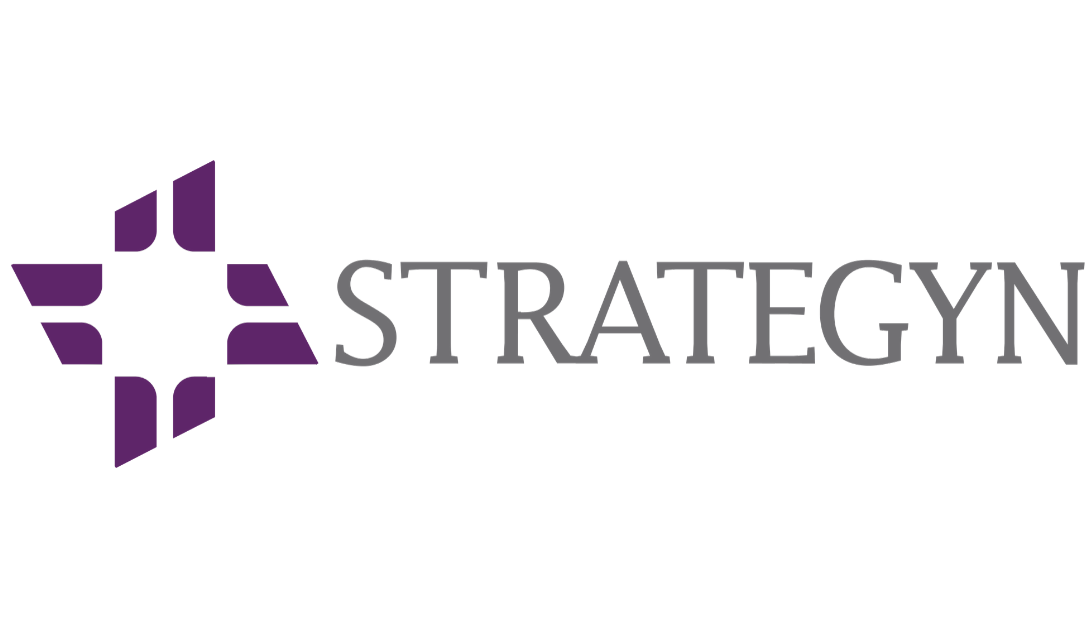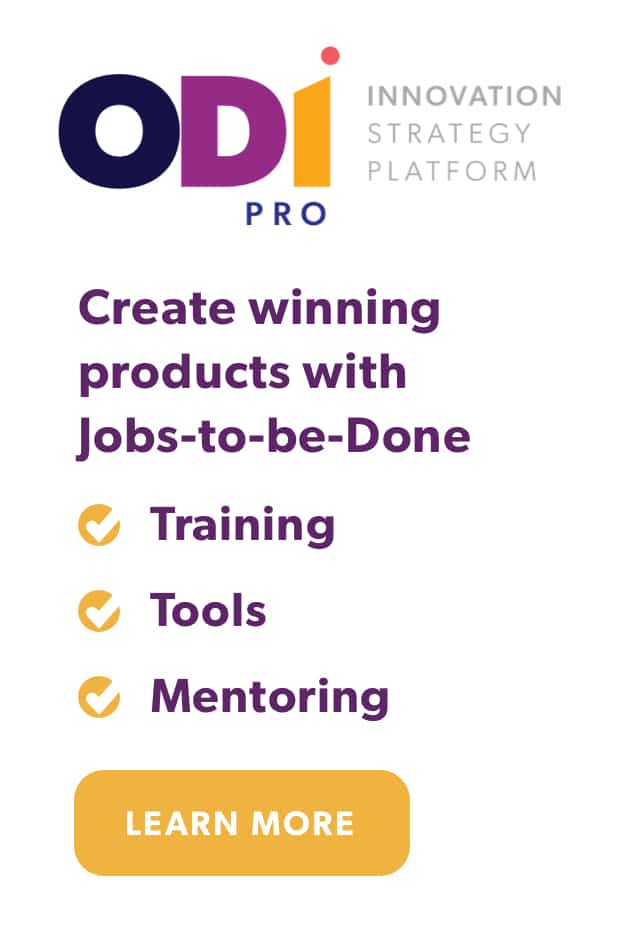A prospective client recently asked me why they should conduct customer needs research using the broad range of Outcome-Driven Innovation (ODI) methods instead of pre observational (ethnographic) research. You may know that observational research is in vogue today in some of the most innovative companies. But that doesn’t mean it’s the best method for capturing customer needs.
Many companies understand that they must capture customer needs before they can generate new product concepts that customers will value. But they don’t know what inputs to capture for innovation. Their enthusiasm for observational customer needs research is based, in part, on the false belief that customers have latent unarticulated needs. There is also a profound misunderstanding about what a customer need really is. If you believe that customers have latent needs that cannot be articulated then, of course, observational research becomes paramount because it provides a way to discover unarticulated needs. But this well-entrenched belief – that customers have unarticulated needs – is simply not true. Customers cannot articulate solutions but they can articulate their needs once you understand what a need is and don’t confuse it with solutions.
For example, people often think they are proving that customers have unarticulated needs when they say something like: “No customer could have told you that they wanted an iPhone,” “No customer could have told you they wanted Post It Notes,” or “No customer could have told you they wanted a microwave oven.” And this sounds convincing if you don’t distinguish needs from solutions because – it is true – customers could never have articulated these solutions.
But they could have and they can articulate their needs. That is, customers could not have said that they wanted a microwave oven (the solution) but they could certainly have articulated the outcomes (needs) they want when they are preparing a meal. For instance, “I’d like to minimize the time it takes to cook the food, the time it takes to clean up after cook and the likelihood of overcooking a meal.”
Customers can say what jobs they want to get done and they can say how they intuitively measure the successful execution of these jobs – if you know what kind of needs you’re looking for. Once these needs are known, it’s up to the supplier to develop a good solution that addresses them.
The issue is not what customer needs research method to use to capture customer inputs (personal interviews, group interviews, observational research), but what kind of customer inputs to capture. Ethnographic (observational) researchers are just as guilty of capturing the wrong kind of inputs and confusing needs with solutions as researchers who conduct traditional focus groups.
Customer needs research can be a success if needs are captured using any number of different methods – personal interviews, group interviews, telephonic interviews, or observational research – if you know what kind of inputs to capture: desired outcomes. And if you don’t know what kind of inputs to capture, then you will inevitably capture a mish-mash of different kinds of inputs, some needs-oriented and some solution-oriented, that will significantly reduce the likelihood of success no matter what research method is used. Learn more about customer needs.



